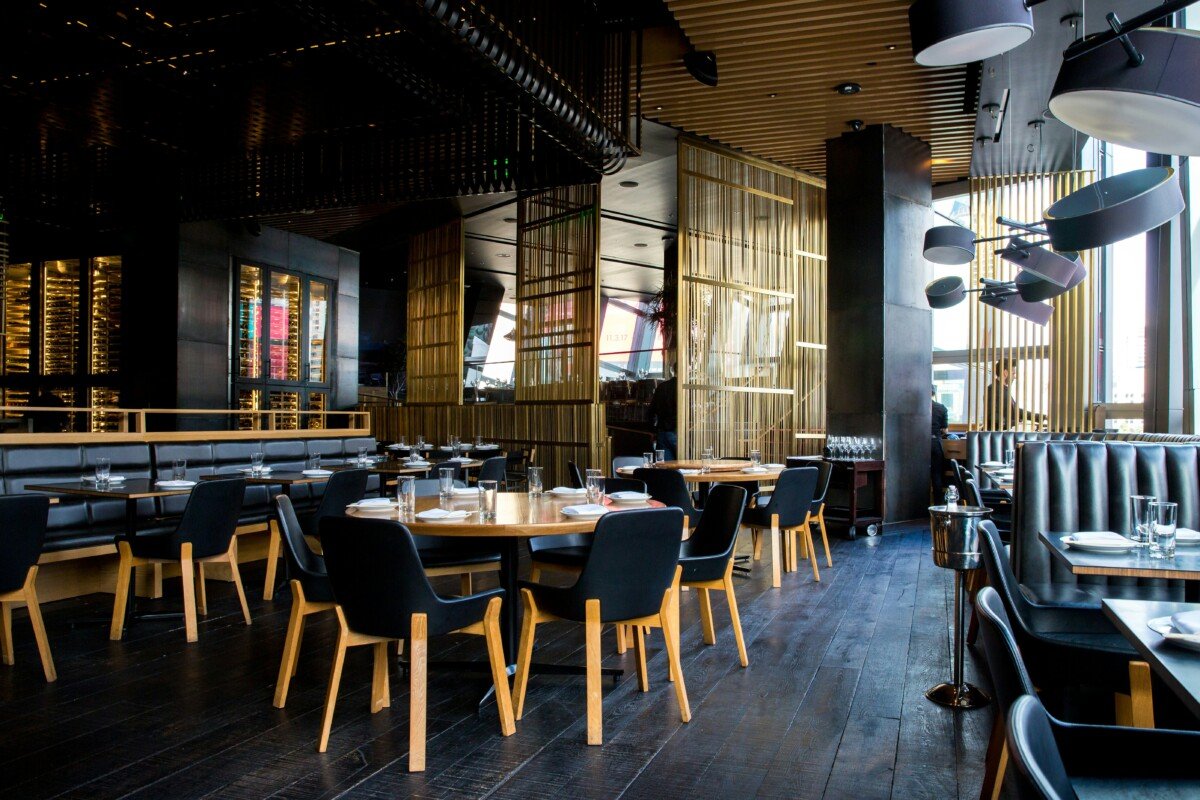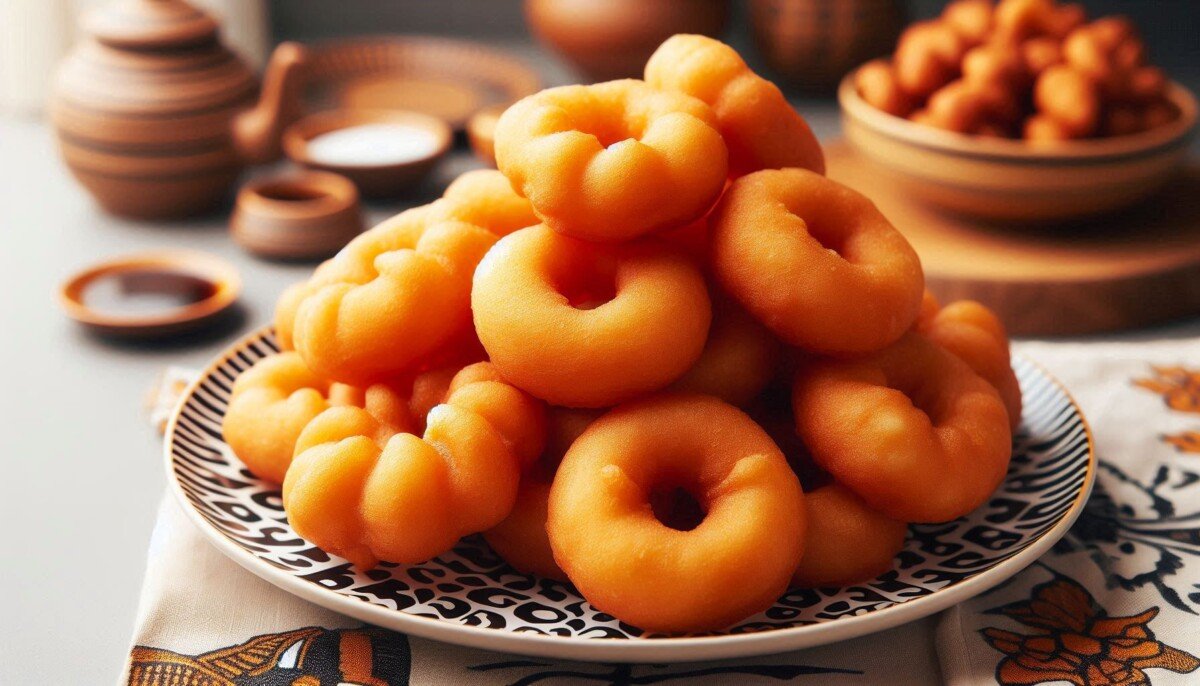Introduction to African Charcuterie Boards
Charcuterie boards have long been a staple in culinary traditions worldwide, originating from the French practice of preparing and assembling cured meats and accompaniments. Over time, the concept has evolved, incorporating a variety of ingredients such as cheeses, fruits, nuts, and spreads to create visually appealing and gastronomically diverse spreads. The beauty of a charcuterie board lies in its versatility and adaptability to different cultural influences, making it an ideal canvas for exploring the rich and vibrant flavors of Africa.
Embracing the diversity of African cuisine, an African-themed charcuterie board can offer a unique and flavorful journey. Africa’s culinary landscape is marked by an abundance of indigenous fruits, nuts, and traditional foods that can elevate any charcuterie board. Ingredients such as the baobab fruit, African walnut, and kei apple introduce exotic flavors and textures. The inclusion of tamarind, miracle fruit, and ackee further diversifies the palate, while the marula and African star apple contribute to the board’s visual and sensory appeal.
African charcuterie boards not only showcase the continent’s rich food heritage but also celebrate its cultural diversity. Integrating traditional foods like Nigerian puff puff, biltong, and peri peri chicken brings a taste of African street food to the table. Such boards can also feature regional specialties like injera from Ethiopia, vetkoek from South Africa, and chapati from East Africa, each adding a distinctive touch to the spread. Complementing these items with unique dips and sauces like harissa and chermoula can further enhance the flavor profile, making the charcuterie board a true representation of African culinary artistry.
Incorporating African elements into a charcuterie board results in a vibrant and culturally rich experience that transcends traditional boundaries. Whether for a special occasion or a casual gathering, an African-themed charcuterie board is sure to impress and delight guests, offering a memorable feast that celebrates Africa’s gastronomic wealth.
Choosing Authentic African Ingredients
Creating an authentic African charcuterie board begins with selecting the right ingredients that reflect the rich culinary heritage of the continent. African fruits such as the baobab fruit, marula, and African star apple bring unique flavors and textures to the table. These fruits are not only delectable but also packed with nutrients. The baobab fruit, for instance, is known for its high vitamin C content and tangy taste, while the marula fruit is appreciated for its juicy sweetness and is famously used to make Amarula liqueur.
Traditional African breads and crackers play a crucial role in the charcuterie board. Injera, a spongy flatbread from Ethiopia, provides a distinctive taste and texture that pairs well with various dips and spreads. Chapati, widely consumed in East Africa, offers a soft and versatile base for toppings. Plantain chips add a delightful crunch and are a popular snack across many African countries.
To ensure the freshness and authenticity of these ingredients, sourcing them from reputable suppliers is essential. Many African grocery stores and online marketplaces specialize in authentic African products. It’s important to check the origin and packaging dates to guarantee the best quality. For those interested in a hands-on approach, some ingredients like chapati and plantain chips can be made at home using traditional recipes.
The significance of these ingredients extends beyond their culinary uses; they are deeply embedded in African culture and traditions. For example, the baobab tree, often called the “Tree of Life,” is revered in many African communities for its nutritional and medicinal properties. Similarly, injera serves as a communal food, symbolizing unity and togetherness during Ethiopian meals.
By carefully selecting and sourcing these authentic African ingredients, you can create a charcuterie board that not only delights the palate but also celebrates the diverse and vibrant culinary heritage of Africa.
Pairing and Presentation Tips
When creating an African charcuterie board, the key to a successful presentation lies in the thoughtful pairing of ingredients and a well-balanced layout. Begin by arranging the fruits and crackers in an aesthetically pleasing manner. For instance, the vibrant hues of the baobab fruit, African star apple, and kei apple can be strategically placed alongside the earthy tones of tamarind and African pear to create a visually stunning display. Consider using a large wooden board or a rustic platter to enhance the natural appeal of these exotic offerings.
Balancing colors and textures is crucial. Mix the smooth skins of fruits like the Sào Tomé peach with the rougher textures of biltong or peri peri chicken. Incorporate elements like the crunchy African walnut and the creamy marula fruit to add variety in texture. Spread the items out evenly, ensuring there’s enough space for each element to shine without overcrowding the board.
Complementary items such as dips, spreads, and cheeses can elevate the experience further. Consider offering a tangy harissa or a spicy chermoula to provide a zesty contrast to the sweetness of miracle fruit or the savory notes of kwaito. Soft cheeses like areesh from Egypt or the Ethiopian ayibe can harmonize well with African breadfruit and Nigerian puff puff. Add a few bowls of filfel chuma and egusi for an authentic touch.
To create a balanced flavor profile, combine sweet, savory, and spicy elements. For example, pair the sweetness of African pear with the spiciness of peri peri chicken. The savory taste of nyama choma complements the tangy notes of tamarind, while the mild flavor of wagassi cheese balances the sweetness of the African star apple. Include a selection of crackers such as tayta, canjeelo, and chapati to provide a robust base for the various flavors.
Incorporating traditional African bread like tapalapa or sabaayad can also add an authentic touch. Arrange these breads to be easily accessible, perhaps in a separate basket or a corner of the board. Finish off the presentation with a garnish of fresh herbs or edible flowers to add a touch of elegance.
Cultural Significance and Serving Suggestions
The African charcuterie board is a vibrant tapestry of culinary traditions that hold deep cultural significance across the continent. Each ingredient tells a story of heritage, celebration, and community. For instance, the baobab fruit, often referred to as the “tree of life,” is not only a nutritional powerhouse but also a symbol of resilience and longevity in many African cultures. Similarly, the African walnut is cherished for its rich flavor and is often used in traditional dishes during festive seasons.
In Nigeria, the African pear and the African star apple are staples during family gatherings and are commonly enjoyed fresh or in various culinary preparations. The kola nut, a symbol of hospitality and respect, is frequently used in ceremonial offerings and social rituals. Another notable mention is the marula fruit, integral to many Southern African communities, revered for its versatility in both food and drink, such as the popular marula liqueur.
When it comes to serving these delicacies, context is key. For family gatherings, a relaxed setup with a mix of fresh and prepared items like biltong and peri peri chicken can create a warm, inviting atmosphere. Parties and cultural events can benefit from a more elaborate presentation, incorporating colorful fruits like the kei apple and tamarind, alongside traditional snacks like Nigerian puff puff and vetkoek, to provide a diverse range of flavors and textures.
To enhance the immersive African experience, consider incorporating elements like traditional music, which can range from South African kwaito to Ethiopian jazz. Decorate the space with vibrant textiles, handcrafted artifacts, and perhaps even set up a storytelling corner where guests can share tales and folklore from different African regions. This not only enriches the culinary experience but also fosters a deeper appreciation for the rich tapestry of African culture.













